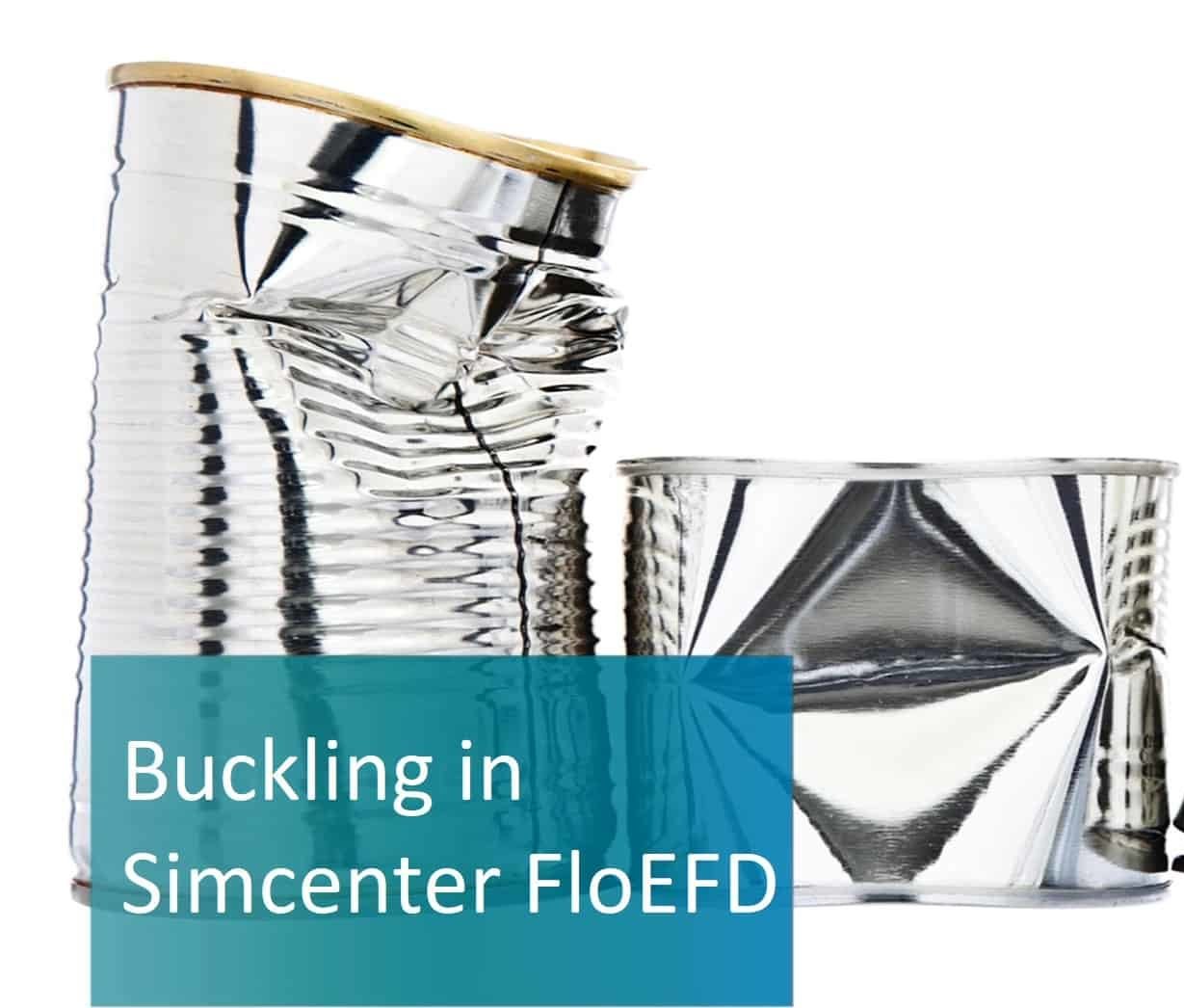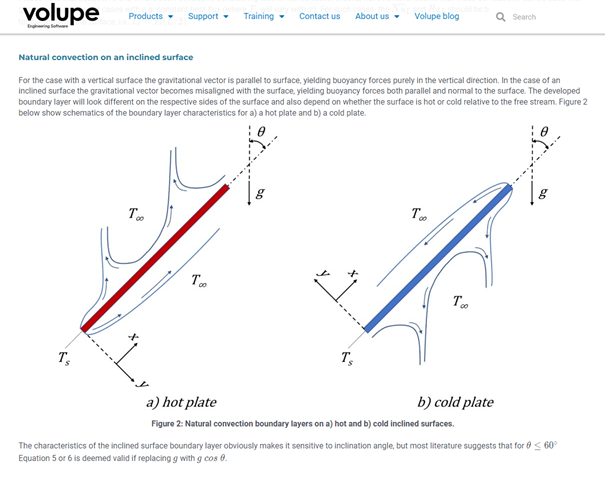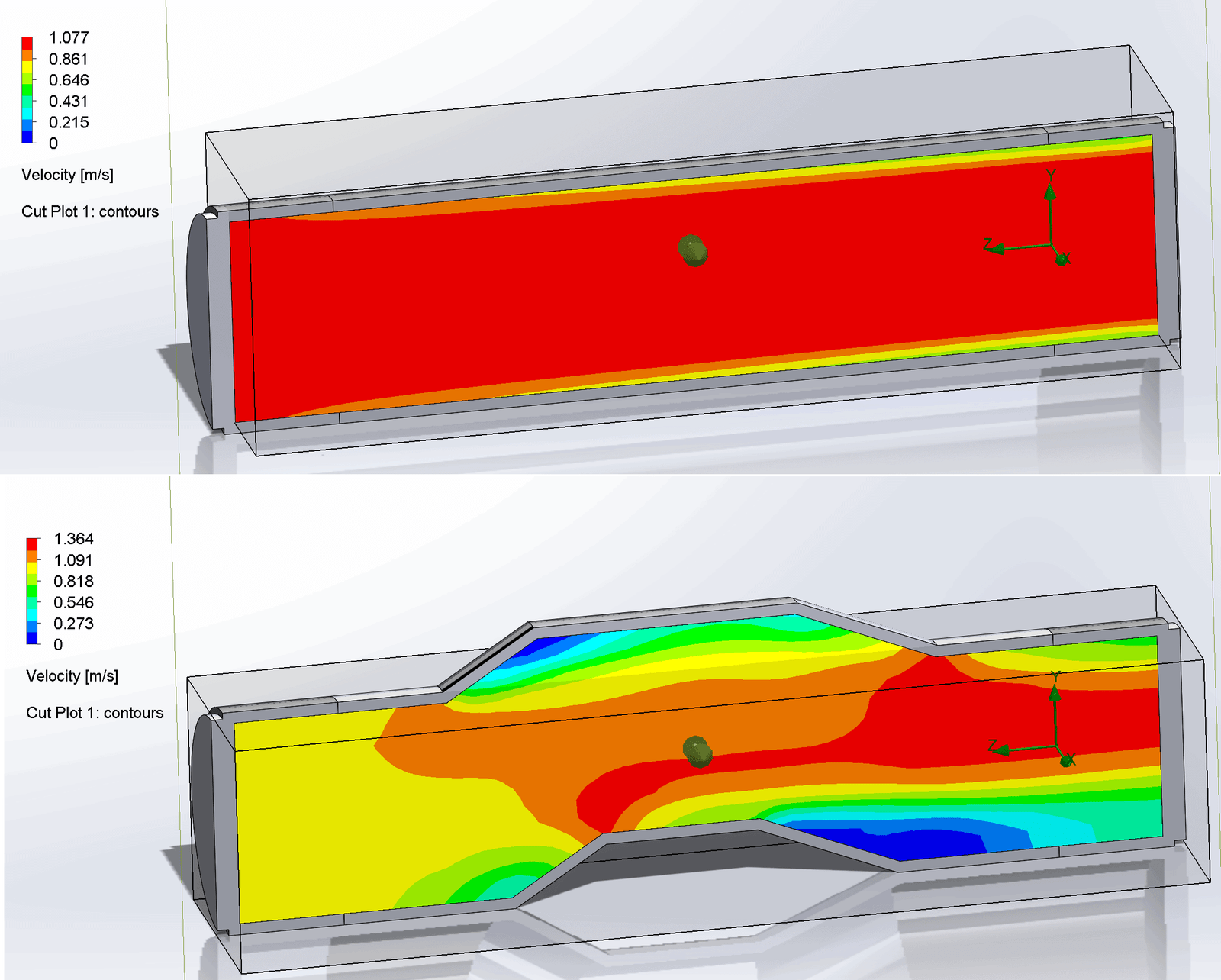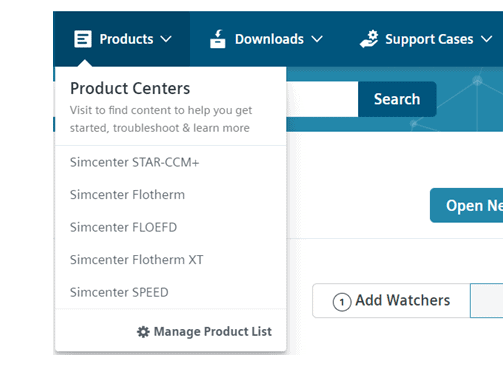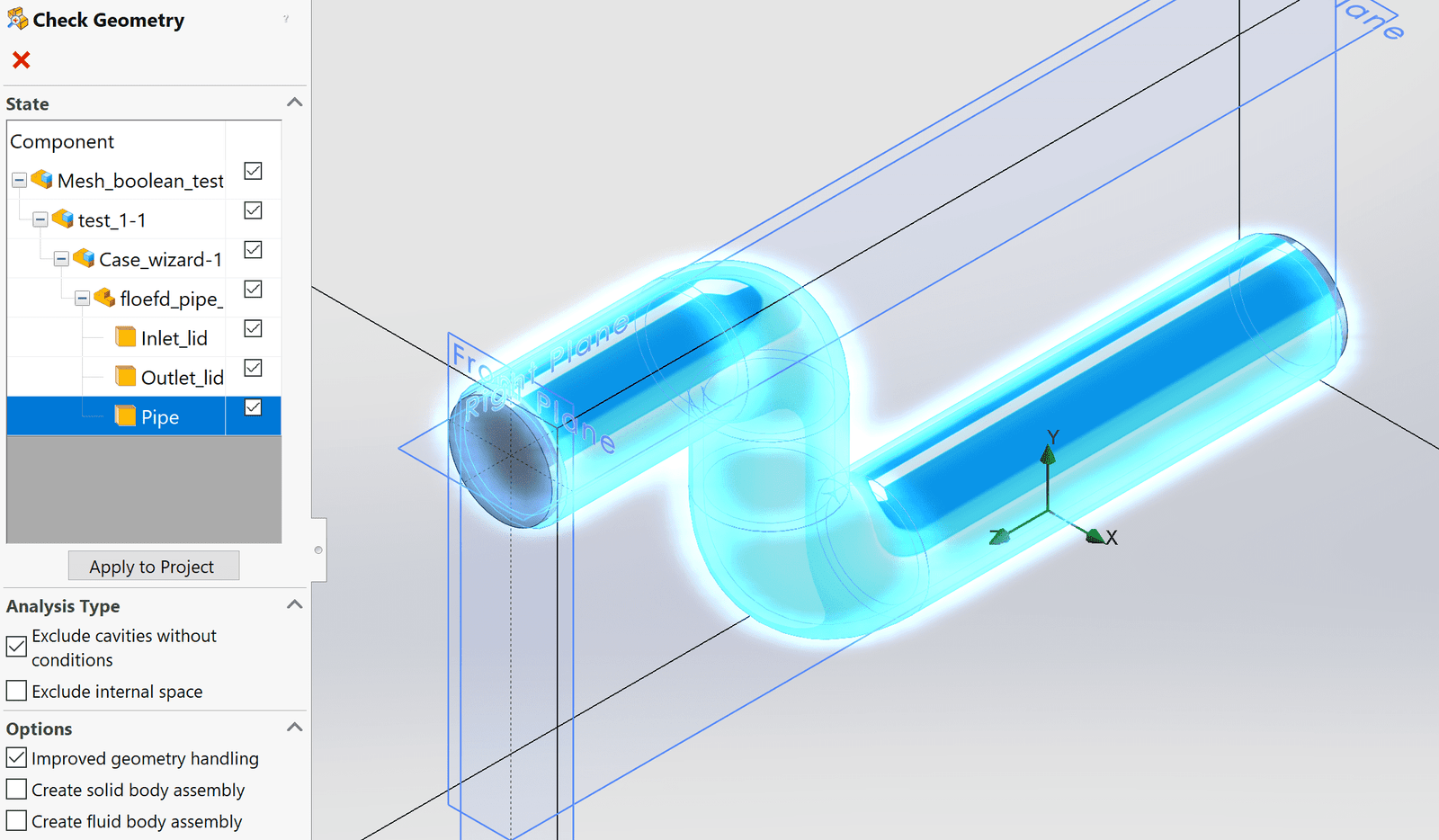We from Volupe hope that you have a nice summer vacation, and we also want to inform you that when you come back to your simulation there is the new version of Simcenter FloEFD waiting to be downloaded. The new version 2021.2 has several features that will help you in your daily life as an engineer, and in this week’s blog post some of them will be presented.
Linear buckling in structural simulations
The possibility for structural calculation in Simcenter FloEFD was added in the previous version. In the version 2021.2 the possibility to calculate linear buckling is added to the structural module (an additional license is required to be able to load this module). Buckling is when a sudden deformation is happening, due to being compressed in a direction where no deformation is natural to happen. Linear buckling is great for a first investigation if there is buckling happening or not, there is a short calculation time, but non-linear properties for the geometry and material is not taken into account. You set up the simulation via the wizard as the picture below shows.

To test the new feature, I have performed a simulation for linear buckling, with the results of deformation displayed in the picture below. There will also be results in terms of eigenvalues, which are also displayed in the picture below, in the table to the left. In the simulation the non-uniformed hollow rod, fixed constrained in the bottom, is being exposed to a force from above straight downwards. The force is 1kN and the eigenvalues represent the force that has to be multiplied to the load of 1kN to obtain deformation in term of buckling. The first mode is displayed in the picture with the cut plot.

To validate the linear buckling I also performed a simulation of a solid squared rod, which I more easily could calculate the analytical solution for. This case would correspond to Euler’s buckling case number one. Comparing the simulation and analytical solution I could see that the buckling looks like expected and with an error margin below 2% for the eigenvalues.

Second order approximation for turbulence modelling
For the fluid simulations there has been an important update in the solver. Turbulence modelling is now using second order schemes as default. This means that the turbulence in the simulations is determined using a more accurate approximation method. The modelled terms (convective terms in the turbulence equations) in the physical equations now uses information for cells, not just right next to them, but also the cells one more grid space away. This may use a little bit more computational power, but the accuracy in the solution gained is hopefully worth it. If you would like to use the first order approximation, as before, you can create a parameter in the Calculation control options -> Advanced options, like the picture shows below. I would recommend using this second order approximation though.

Honourable mentions
There are some new features that are worth mentioning with a shorter description:
- In the structural module you can now also perform modal frequency analysis on models with a load applied to them.
- For combustion simulations you can now have three components in your mixture, the third component can be either fuel or oxidizer.
- Two resistor simulations display the resistor power value automatically in their name tag.
- For radiation sources you can select a local coordinate system, to simplify the definition for these diffusive sources.
- Perforated plates can have pressure loss/drop coefficient goals.
We at Volupe hope that this blog post has been helpful, and if you have any questions regarding the new version of Simcenter FloEFD or your simulations do not hesitate to contact us at support@volupe.com.
Author
Christoffer Johansson, M.Sc.
support@volupe.com
+46764479945

